Heroes Reborn: How did the Avengers and Fantastic Four wind up in another reality?
And how did Marvel's biggest heroes make it back to the Marvel Universe?
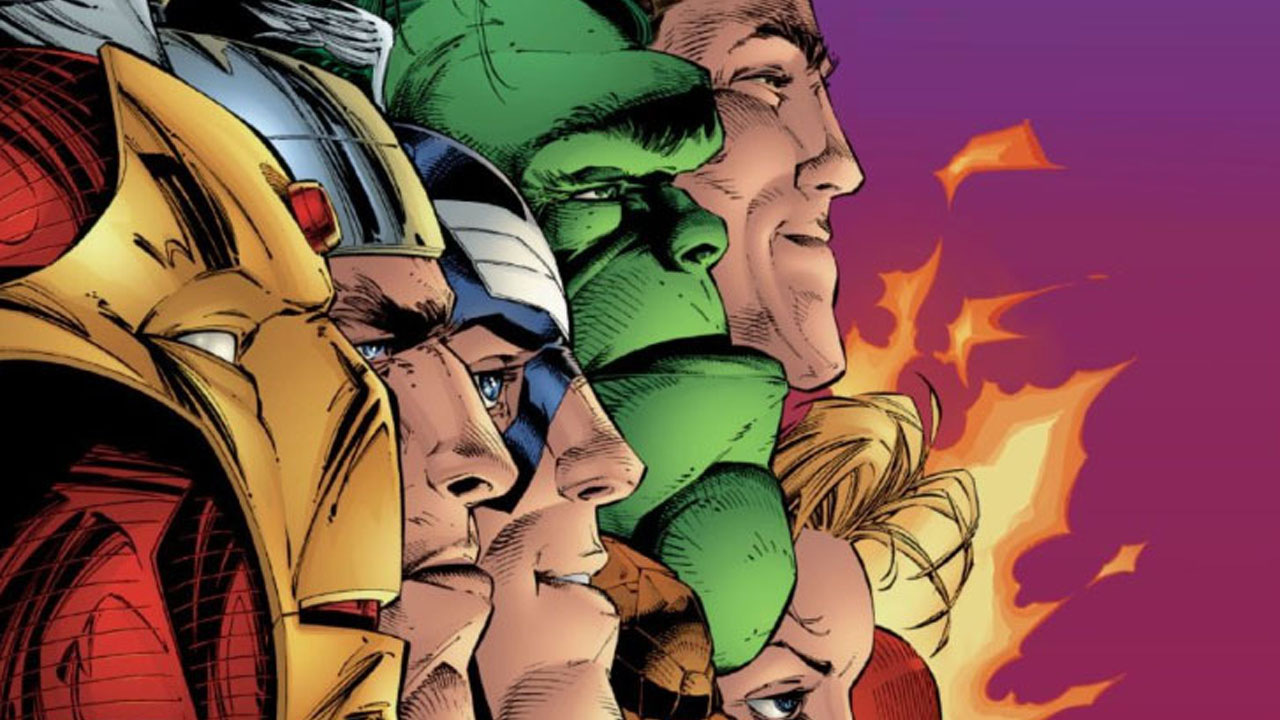
Marvel Comics has been teasing a return of some kind to the concept of its mid-'90s high-concept story 'Heroes Reborn,' a tale that temporarily rewrote the histories of many popular Marvel characters and shunted them into an alternate reality, away from the mainstream Marvel Universe where the adventures of other characters carried on.
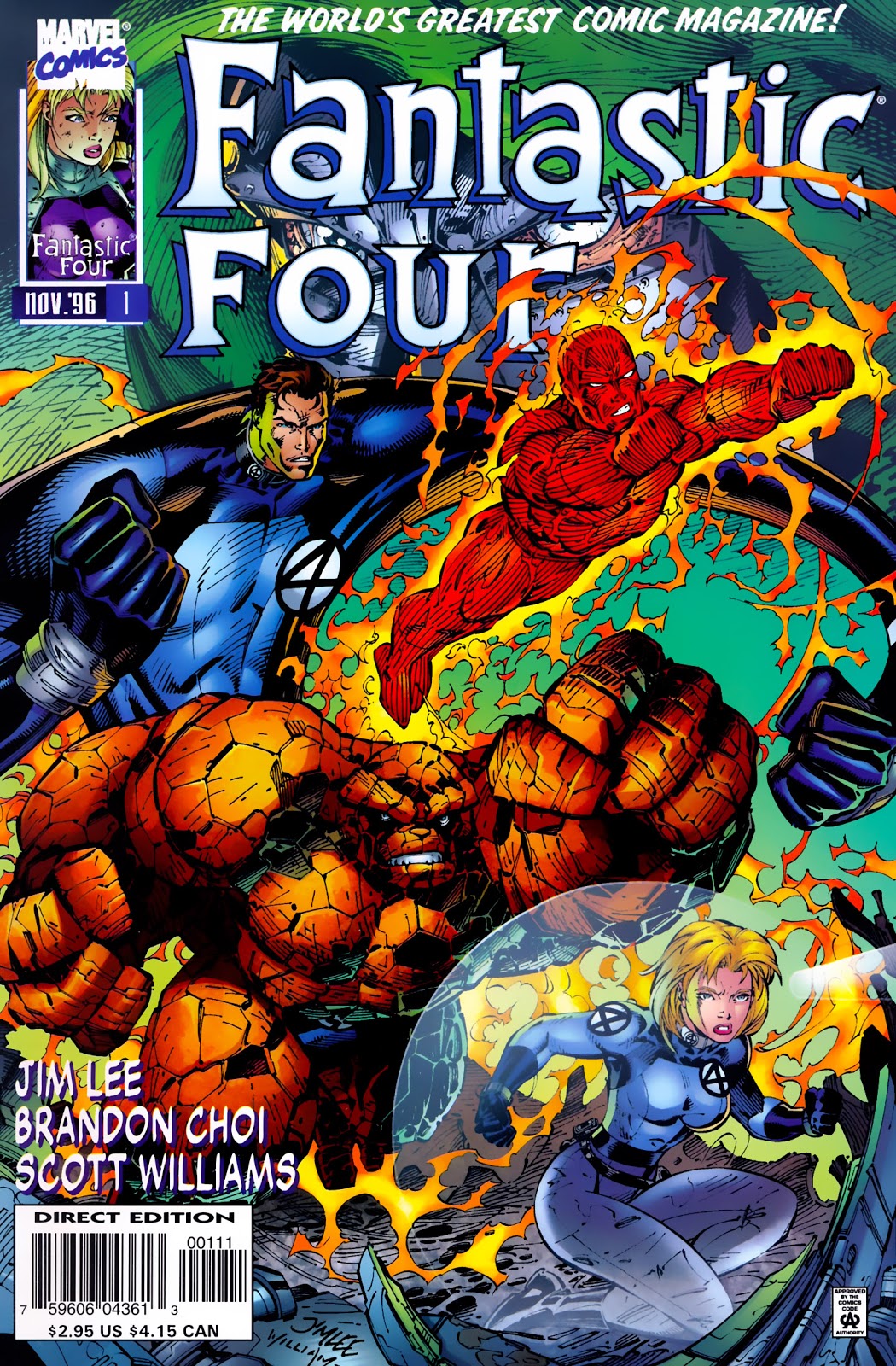
With 2021 marking the 25th anniversary of the landmark event, it seems Marvel will draw on at least the concept and themes for a new story to celebrate. And with Marvel now having released some character teasers that show mashed-up versions of Marvel heroes, it's looking like a jaunt into another reality or another history for some popular Marvel characters - mashed-up, it seems - might be in order once again.
What exactly was the original 'Heroes Reborn'? How did it come about and what did it mean for the characters involved? Moreover, what could the answers to those questions say about what may be in store for Marvel's heroes when the new Heroes Reborn takes shape?
With just the title to go on as a teaser, Newsarama is putting on our historian caps and digging into the history of 'Heroes Reborn' and what the return of the concept could mean for the Marvel Universe when it returns this year.
Heroes Reborn

Back in the mid-'90s, Marvel Comics was dominating comic book sales thanks to the immense popularity (and even more immense title count) of the X-Men line, then in the height of its heyday. With mutants dominating the scene, Marvel's other top characters – the Avengers and Fantastic Four, primarily – were flagging both creatively and in terms of sales.
To take advantage of the X-Men's popularity while hopefully giving a boost to the Avengers and FF, Marvel came up with Onslaught, a reality-threatening villain born of Charles Xavier's psychic power after he absorbed the personality of Magneto.
Onslaught fought the entire Marvel Universe - X-Men, Avengers, and FF included - to a standstill, threatening to devastate all of reality. To defeat Onslaught, the Avengers and Fantastic Four apparently sacrificed themselves to destroy his physical form.
Get the best comic news, insights, opinions, analysis and more!
But the heroes didn't actually die – the young Franklin Richards, son of Reed Richards, used his reality-warping abilities to create a pocket universe where the heroes were transported at the moment of their deaths, their histories completely re-written.

Running from 1996-1997, the nearly two-year saga enlisted artists Jim Lee and Rob Liefeld, who had made their names on popular X-Men comic books (before leaving Marvel to help co-found Image Comics) to re-envision the Avengers and Fantastic Four in their own reality.
At the time, the move was unprecedented. Rather than being produced in-house, Marvel farmed out basically all aspects of the production of four of their longest-running and most well-known titles over to essentially their competitors in Jim Lee's WildStorm imprint (which oversaw Iron Man and Fantastic Four), and Liefeld's Extreme Comics (which created Avengers and Captain America) - though later creative changes led to all four titles coming under WildStorm's umbrella.
Driven both by the popularity of the creators and the hype of a major publisher enlisting what were essentially two of the top independent studios of the day, 'Heroes Reborn' launched to major success.
The Heroes Reborn line launched with four titles – Iron Man, Captain America, Fantastic Four, and Avengers - the latter of which featured Iron Man, Captain America, Thor, Hulk, Hawkeye, Scarlet Witch, Swordsman, Hellcat, and more. All the titles introduced new origins and backstories for their characters, creating a totally different Marvel Universe with an entirely separate history – not another world in the Multiverse, but a pocket universe known as Counter Earth.
Counter Earth
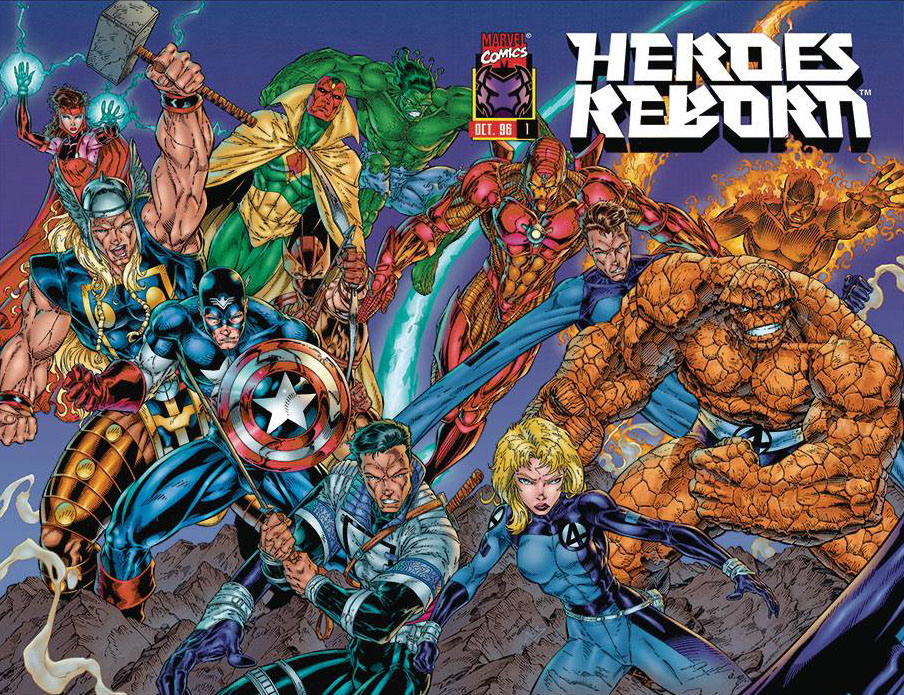
On Counter Earth, Tony Stark, Bruce Banner, Reed Richards, Victor Von Doom, Henry Pym, and Rebel O'Reilly (a newly created character) are part of a group called the Atomic Knights of the Round Table - a science consortium of super-geniuses, all working on a suit of specialized personal armor. When Tony Stark tests out his experimental 'Prometheum Armor' with Rebel O'Reilly piloting, O'Reilly is killed and the Knights disband, with Von Doom going on to become Doctor Doom (with his own version of the armor), and Hank Pym becomes a S.H.I.E.L.D. scientist, eventually operating as Ant-Man alongside the Avengers.
More on Reed's fate momentarily.
As for Bruce Banner, he becomes embroiled with Hydra, building them a Gamma bomb which they eventually detonate on top of him, turning him into the Hulk. To defeat the Hulk, Stark dons the Prometheum Armor himself and fights Hulk to a standstill.
Meanwhile, Richards has moved on to working alongside S.H.I.E.L.D. to develop an experimental 'Quantum Drive' that will allow Reed and his handpicked team, including Ben Grimm and Sue and Johnny Storm, to investigate a stellar anomaly. But S.H.I.E.L.D. agent Wyatt Wingfoot discovers the anomaly is actually a threat, and outfits Reed's ship with a bevy of nuclear bombs to destroy it.
Discovering his ship has been turned into a weapon, Reed, Ben, Sue, and Johnny take another ship that also possesses a Quantum Drive, but isn't shielded from the anomaly's radiation. Nonetheless, they set out on their journey to stop Wingfoot and his team from launching their nukes, and though they are successful, their ship is destroyed and they are mutated into the familiar forms of the Fantastic Four.

Counter Earth's Avengers are still a team comprised of Earth's Mightiest Heroes, but rather than coming together independently to take on "threats no single hero could withstand" (as their old introduction goes), they are organized by S.H.I.E.L.D. as a team of government super agents (akin to the Marvel Cinematic Universe, 16 years later); including the aforementioned Pym, who becomes Ant-Man over the course of the series, and Captain America.
Speaking of Cap, his early origin is vaguely similar to his mainstream Marvel Universe story – Steve Rogers is given the Super Soldier Serum and is granted peak human physical conditioning to go along with his infallible courage and innate tactical mind. But that's where things differ.
Rather than being frozen in ice, Steve Rogers is 'deactivated' by the United States government after he protests President Harry S. Truman dropping atomic bombs on Japan at the end of World War II.
Afterward, the nascent S.H.I.E.L.D. occasionally re-enlists Steve as Cap during high profile conflicts and key moments in history – though they always deprogram him and send him home to live a 'normal' life until the next time he's needed (shades of the eventual story of Bucky Barnes/Winter Soldier, anyone?). That is, until a plot by his old Nazi enemies Red Skull and Master Man leads to his awakening as Captain America, and he embarks on an independent superhero career, eventually joining the Avengers.
On Counter-Earth, the characters of the Avengers and Fantastic Four took on many new versions of old enemies, including somewhat familiar takes on Doctor Doom, Mole Man, Loki, Kang, Namor, Red Skull, Ultron, the Masters of Evil, Sons of the Serpent, and many more classic Marvel villains.
Heroes Return
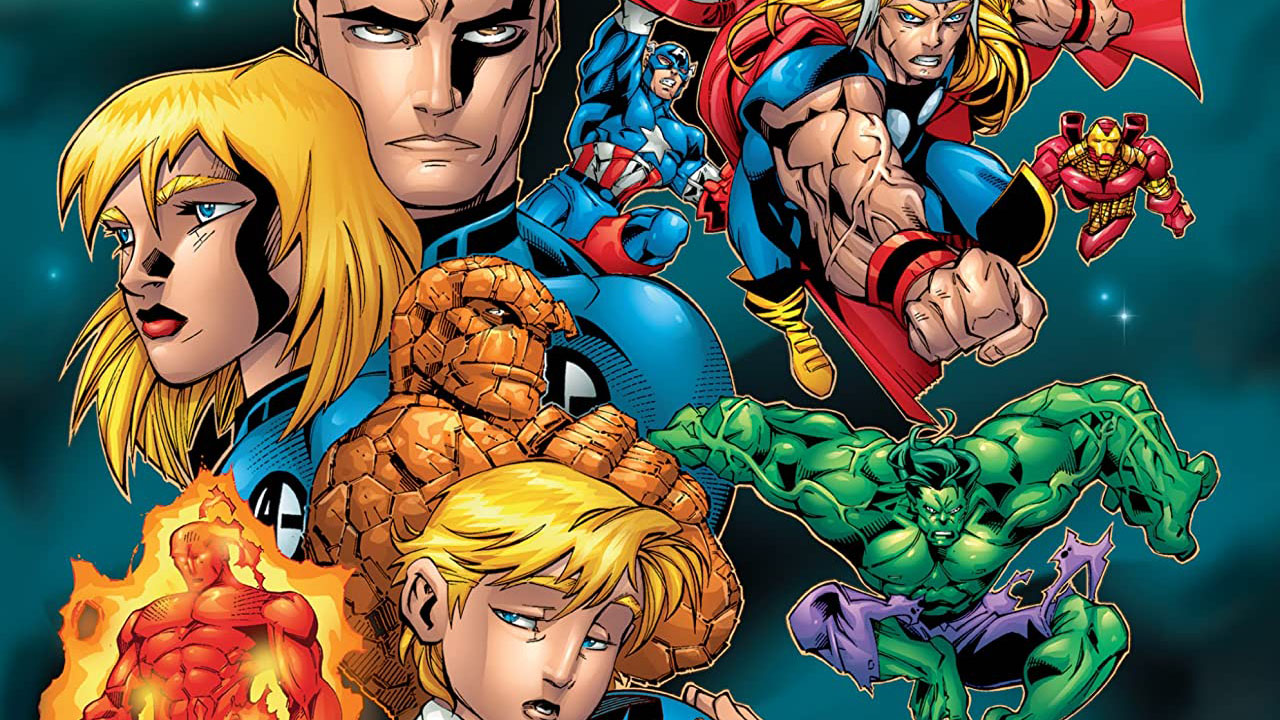
The tale of the 'Heroes Reborn' universe also brought all of its characters together at key points, eventually leading to the story that brought the heroes back to the Marvel Universe proper.
In one major story arc, the Atomic Knights of the Round Table – Reed, Tony, Doom, and Pym – come together to build Counter Earth's version of the Ultimate Nullifier to defeat their universe's Galactus, another twist on a classic Marvel story.
But it's the final story arc of Counter Earth that brought the heroes back to the Marvel Universe, starting, oddly enough, with a crossover between the Avengers, the Fantastic Four, and the characters of Jim Lee's WildStorm imprint at Image (which was then producing many of the 'Heroes Reborn' titles).
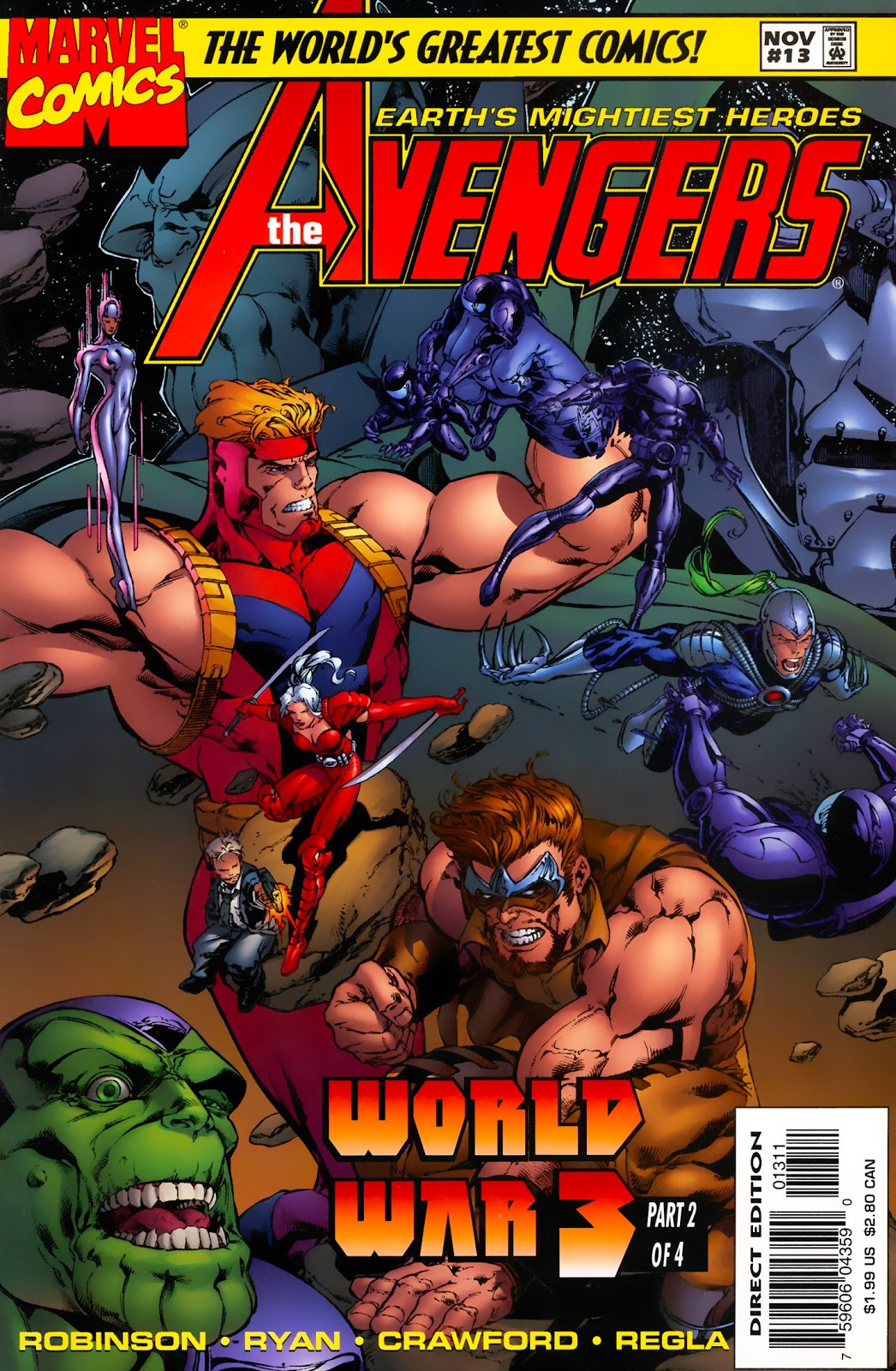
In an arc that went across the thirteenth and final issues of Captain America, Iron Man, Fantastic Four, and Avengers, the Counter Earth Marvel Heroes encounter WildStorm's WetWorks and WildCATS teams, teaming up to stop a combined invasion from Marvel's shapeshifting Skrulls and WildStorm's alien Daemonites following a failed experiment by Doctor Doom to open a portal to Counter Earth's Negative Zone.
Following this incursion, the Celestials (mighty cosmic beings with the power of many aspects of Marvel's reality) take notice of Counter Earth, and force Franklin Richards to choose between the world he created where his parents are still alive, and the Marvel Universe in which he exists. Through all this, Franklin manages to reach out to Counter Earth where it's decided the heroes will evacuate back to their home reality, while the Celestials will seal off Counter Earth – a proposition that seems to satisfy all parties.
But all doesn't go as planned. Continuing his Negative Zone experiments, Doom hatches a plan to seize Franklin Richards's cosmic power and take control of both realities. However, his plan backfires when Thor intervenes, battling Doom in Counter Earth's Negative Zone, now essentially revealed as a void between realities. Battling Doom to defeat, Thor strands the villain in the void and returns to the core Marvel reality alongside the other heroes, where they are all essentially restored to their pre-'Heroes Reborn' selves, with only some memory of what occurred.
The subsequent era, called 'Heroes Return,' put the Avengers, Iron Man, Captain America, and Fantastic Four in the hands of new creative teams, with a focus on restoring their classic roles in the Marvel Universe while introducing new story concepts along the way – a tried and true comic book tradition of letting fans miss their favorite versions of their favorite characters, only to bring them back to their well-liked status quos when the moment is right.
Revisiting Counter Earth
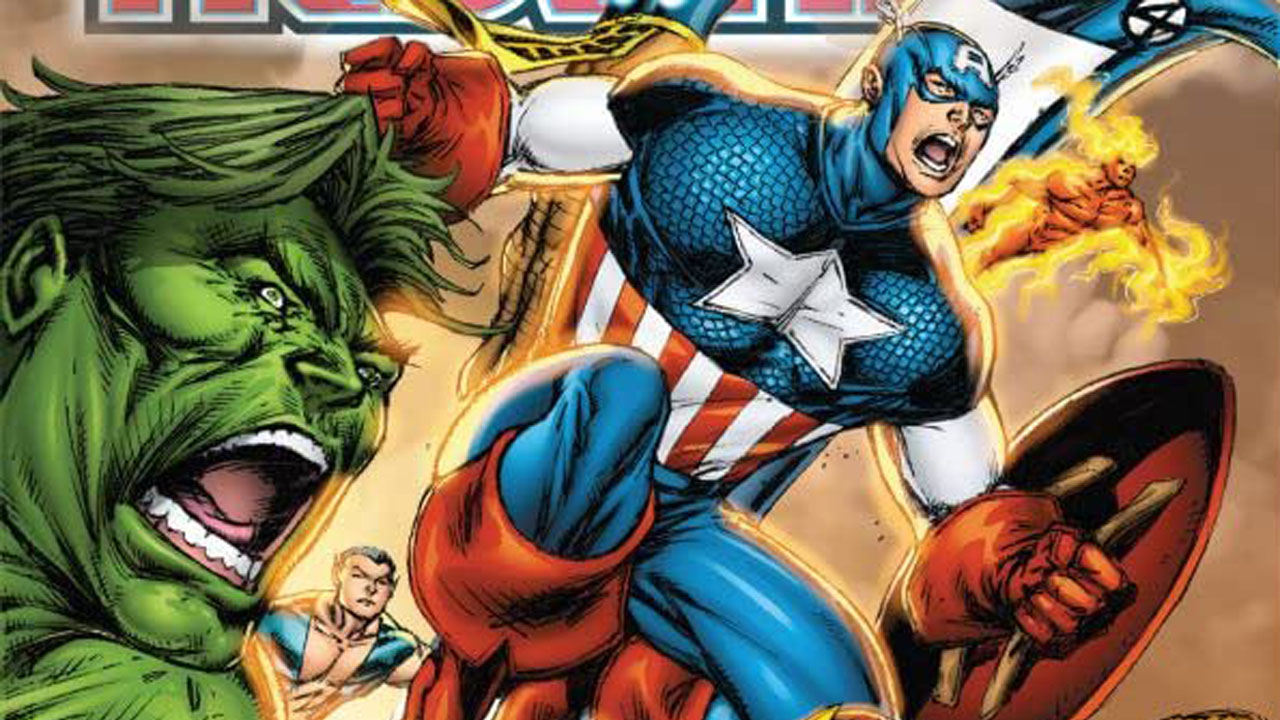
Over the years, the 'Heroes Reborn' reality has been revisited a few times. In 2006, for the story's tenth anniversary, Marvel published Onslaught Reborn, a five-issue limited series in which Franklin Richards revives the heroes of Counter Earth to fight the returning Onslaught.
Other crossovers between Counter Earth and the mainstream Marvel Universe include the introduction of Rikki Barnes (Counter Earth Captain America's young protégé) to the mainstream Marvel Universe where she became a member of the Young Invaders, and some trips to Counter Earth by the reality-hopping super-team the Exiles.
The last time the heroes of Counter Earth returned, they were under the control of the mysterious Quiet Man, a villain who hated Reed Richards for perceived slights going back to their college days and who spent years secretly manipulating events behind the scenes to bring down the Fantastic Four.
In his last attempt to defeat them, Quiet Man planned to open a portal to Counter Earth and bring through his corrupted versions of its heroes and villains to overrun the mainstream Marvel Universe's heroes. However, his plan backfires and Reed and Valeria Richards are forced to work with him to close the portal, though he escapes.
Oddly enough, that was the last Fantastic Four story prior to Secret Wars, which collapsed all over Marvel's Multiverse worlds into one reality, with the Fantastic Four leading the way to rebuild the Multiverse afterward while being absent from the mainstream Marvel Universe for several years.
On the publishing side, 'Heroes Reborn' was considered a great success, despite periods of ups-and-downs in the sales of the titles. Starting with the line's high-profile launch, all four rebooted titles took an immediate jump in sales and, even with dips for some titles, they stayed at levels Marvel was happy with.
Reportedly, Marvel wanted WildStorm to continue working on Iron Man, Avengers, Fantastic Four, and Captain America indefinitely, on the condition that Lee continue drawing one of the titles himself, but Lee declined, resulting in the concluding 'Heroes Return.'
Interestingly, it's likely the experiment Marvel took with farming the creative aspect of Heroes Reborn to outside imprints that led to the advent of the Marvel Knights line just a couple years later, in which Marvel brought in then up-and-coming creators Jimmy Palmiotti and Joe Quesada to oversee a line of titles reinvigorating Daredevil, Black Widow, Punisher, Doctor Strange, and Inhumans with new creators and new concepts - a line which expanded and eventually grew so successful, Quesada was elevated to Marvel editor-in-chief.
And of course, that led to the start of the Ultimate Universe, in which Marvel's most popular heroes were given new roles, origins, and stories in a parallel continuity, and eventually the New Avengers relaunch - both of which are major flashpoints for the start of the Marvel Cinematic Universe just a few years later.
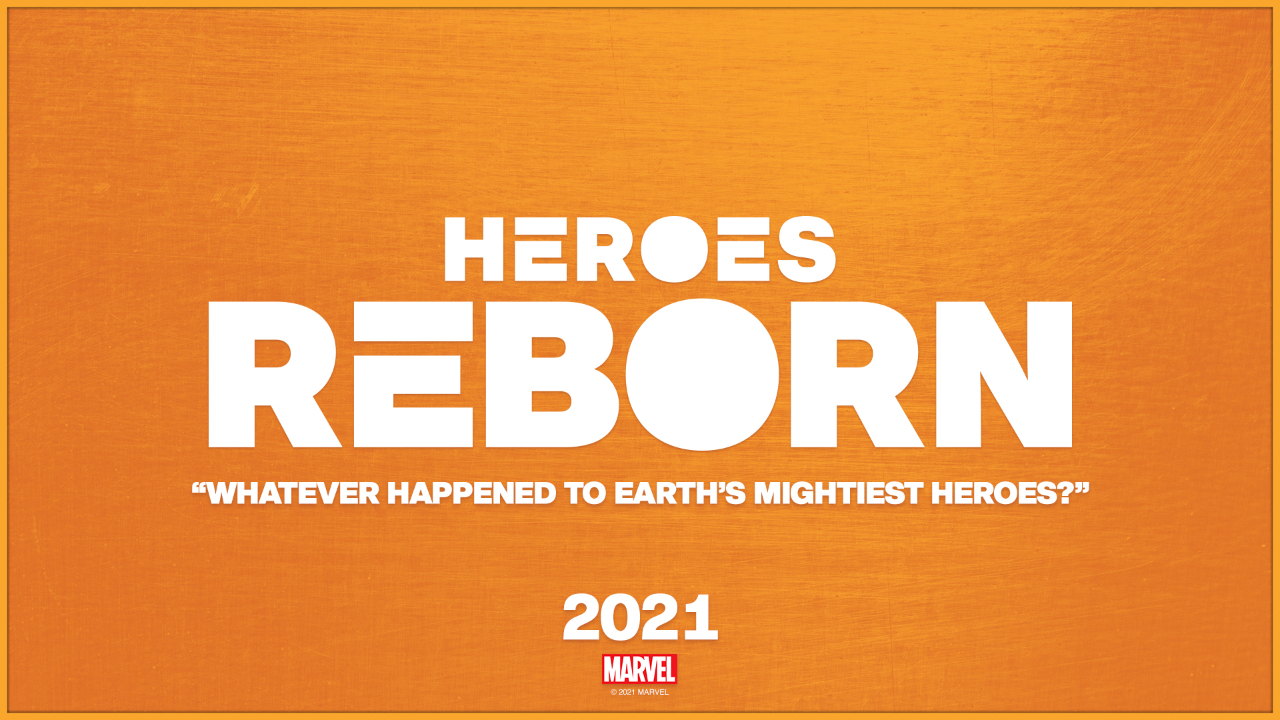
With Marvel now apparently prepping a new version of 'Heroes Reborn,' potentially on the heels of the current 'Enter the Phoenix' arc of Avengers, which writer Jason Aaron has teased will lead to a "rebirth," could this be another moment where prominent Marvel heroes will be taken off the board and re-envisioned?
From the character teasers that show-off apparent mash-ups of Marvel heroes, it seems entirely likely.
If so, what are the chances there's a whole new wave of creators coming in to offer up their takes on what the Reborn heroes will be up to this time?
Stay tuned to Newsarama for continuing updates on Marvel's new Heroes Reborn story.
Check out Newsarama's list of the most impactful Marvel events of all time.
I've been Newsarama's resident Marvel Comics expert and general comic book historian since 2011. I've also been the on-site reporter at most major comic conventions such as Comic-Con International: San Diego, New York Comic Con, and C2E2. Outside of comic journalism, I am the artist of many weird pictures, and the guitarist of many heavy riffs. (They/Them)



